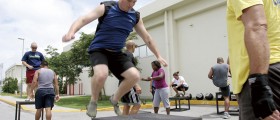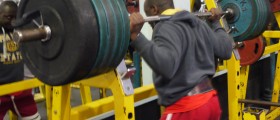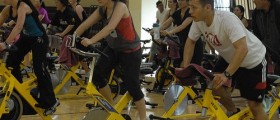
Muscular fitness has two main components and those are muscular endurance and muscular strength. Muscular endurance is defined as an ability of a muscle to perform repeated contractions against a certain resistance for a given amount of time. Muscular strength is actually defined as the greatest amount of force a muscle can exert in a single effort. These components are separate but they are still related due to the fact that progressive workout against resistance easily brings gains in both components.
Muscular Contractions
There are different types of muscular contractions and those include isokinetic, isotonic and isometric contractions. Each type of contraction needs to be repeated in order to obtain the needed type of strength and endurance. Isokinetic contractions are known for causing the changes of the joint angles at a specific rate.
The resistance or the load itself needs to change at different angles so that the constant speed of movement can be achieved. There are certain isokinetic machines which are commonly used for these types of contractions. Some other machines which are commonly classified as variable resistance machines and pseudo isokinetic machines can also be useful to a certain extent because they may vary the resistance throughout the range of motion.
Isotonic contraction involves a constant resistance against which the joint moves through a range of motion. The most common types of isotonic contractions include weight lifting, sit up and pushups. Isometric contractions involve producing force and contraction without the occurrence of any changes in the angle of the joints. Pushing against a wall would be a good example of isometric contractions.Isokinetic and isotonic contractions are characterized by two phases, and those or concentric and eccentric phase. They are also sometimes referred to as the positive and the negative phase. The concentric phase involves the contraction or the shortening of the phase.
The eccentric phase involves the elongation of the muscle in which it actually returns to its regular length. The eccentric phase is characterized by much more control over weight, so the muscle can handle more of an overload. The overload is of utmost importance when it comes to producing significant strength gains.
On the other hand, the eccentric phase of isokinetic and isotonic muscle contractions may also be very harmful, because within their duration the muscles and the connective tissues are much more susceptible to damage. This is why muscles often feel sore after eccentric workouts.

















Your thoughts on this
Loading...